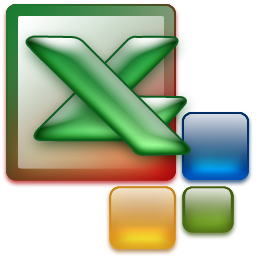A Resource for Studying Biological Macromolecules
The PDB archive contains information about experimentally-determined structures of proteins, nucleic acids, and complex assemblies. As a member of the wwPDB, the RCSB PDB curates and annotates PDB data according to agreed upon standards.
The RCSB PDB also provides a variety of tools and resources. Users can perform simple and advanced searches based on annotations relating to sequence, structure and function. These molecules are visualized, downloaded, and analyzed by users who range from students to specialized scientists.


Lon ATP-dependent proteases are key components of the protein quality control systems of bacterial cells and eukaryotic organelles. Eubacterial Lon proteases contain an N-terminal domain, an ATPase domain, and a protease domain, all in one polypeptide chain.
TabLes :Molecular Description
| Classification | Hydrolase |
| Structure Weight | 48027.40 |
| Molecule | ATP-dependent protease La 1 |
| Polymer | 1 |
| Type | polypeptide(L) |
| Fragment | BsLon, N-terminal domain |
| Scientific Name | Bacillus Subtilis |
| Expression System | Escherichia Coli |
External Link :
ftp.wwpdb.org ftp://snapshots.wwpdb.org
 Exercise in cLass :
Exercise in cLass :















